Home>Garden Essentials>What Is Automated Estimating In Landscaping


Garden Essentials
What Is Automated Estimating In Landscaping
Modified: March 7, 2024
Discover how automated estimating can revolutionize your garden landscaping projects. Improve accuracy and efficiency with this advanced technology.
(Many of the links in this article redirect to a specific reviewed product. Your purchase of these products through affiliate links helps to generate commission for Storables.com, at no extra cost. Learn more)
Introduction
Welcome to the world of automated estimating in landscaping! In this rapidly evolving digital age, technology has revolutionized various industries, and the landscaping sector is no exception. Gone are the days of manual calculations and tedious estimations. With the advent of automated estimating, landscaping companies can streamline their processes, save time, and make data-driven decisions.
Automated estimating refers to the use of specialized software and tools to generate estimates for landscaping projects. It involves inputting project details, such as the size of the area, desired features, materials, and labor requirements, into the software. The software then applies complex algorithms and calculations to provide accurate and efficient estimates.
With the increasing complexity and scale of landscaping projects, manual estimating has become impractical and time-consuming. Automated estimating has emerged as a game-changer, offering a range of benefits for landscaping companies and professionals.
Key Takeaways:
- Say goodbye to manual calculations! Automated estimating in landscaping uses technology to save time, reduce errors, and provide detailed cost breakdowns for projects, making the process more efficient and accurate.
- Embracing automated estimating software improves client communication, enhances productivity, and empowers data-driven decision-making in landscaping. It’s a game-changer for accuracy, efficiency, and future sustainability in the industry.
Read more: How To Price A Landscaping Estimate
Definition of Automated Estimating in Landscaping
Automated estimating in landscaping refers to the use of advanced software and tools to generate accurate cost estimates for landscaping projects. It involves utilizing technology to streamline the estimation process, replacing traditional manual calculations and guesswork with data-driven analysis.
With automated estimating, landscaping professionals can input project details, such as the size of the area, desired features, materials, labor costs, and other variables, into specialized software. The software then applies algorithms and calculations based on industry standards and historical data to generate a comprehensive estimate.
This automated approach offers several advantages over manual estimating. Firstly, it eliminates human error and reduces the likelihood of miscalculations and inconsistencies in estimates. By relying on precise algorithms, the software can ensure accurate and reliable estimates.
Furthermore, automated estimating enables landscaping companies to improve their efficiency and productivity. In contrast to manually estimating each project, which can be time-consuming and labor-intensive, automated systems can generate estimates in a matter of minutes or even seconds.
Another benefit of automated estimating is the ability to generate detailed and itemized estimates. The software can break down the costs for different aspects of the project, such as materials, labor, equipment rentals, and permits. This level of detail enables companies to understand the cost breakdown and make informed decisions regarding pricing and resource allocation.
Overall, automated estimating in landscaping offers a more accurate, efficient, and streamlined approach to cost estimation. By harnessing the power of technology, landscaping professionals can save time, reduce errors, and make data-driven decisions.
Benefits of Automated Estimating in Landscaping
The adoption of automated estimating in landscaping brings numerous benefits to companies and professionals in the industry. Let’s explore some of the key advantages:
- Accuracy: One of the primary benefits of automated estimating is improved accuracy. Manual estimating leaves room for human error, leading to inconsistencies and inaccuracies in estimates. With automated systems, calculations are based on precise algorithms, ensuring reliable and precise estimates.
- Time Efficiency: Manual estimating can be a time-consuming process, requiring significant effort to perform calculations and create estimates. Automated estimating significantly reduces the time required to generate estimates, allowing landscaping professionals to focus their time and energy on other essential tasks.
- Consistency: Automated estimating ensures consistency in estimating practices across different projects. The software applies standardized calculations and algorithms, providing uniformity in the estimation process. This consistency helps streamline operations and maintain professionalism.
- Data-Driven Decisions: Automated estimating enables landscaping companies to make data-driven decisions. The software provides detailed cost breakdowns and estimates, allowing professionals to analyze and compare different options, materials, and labor requirements. This data empowers them to make informed choices for project planning and resource allocation.
- Improved Client Communication: Detailed and itemized estimates generated through automated systems provide transparency and clarity to clients. They can easily understand the project costs and the breakdown of various expenses. This transparency fosters trust and effective communication between the landscaping company and its clients.
- Enhanced Productivity: By automating the estimating process, landscaping professionals can streamline operations and improve overall productivity. The time saved on manual calculations can be redirected to focus on project management, client interaction, and other critical aspects of the business.
- Adaptability: Automated estimating software can be customized to fit the specific needs of the landscaping company. It allows users to create templates, store project details, and adjust calculations based on regional labor costs, material prices, and other variables. This adaptability ensures that estimates are tailored to the unique requirements of each project.
These benefits highlight the transformative impact of automated estimating in landscaping. It not only improves accuracy and efficiency but also enhances client satisfaction and facilitates informed decision-making. By embracing automated estimating, landscaping companies can gain a competitive edge in the industry and achieve greater success.
Challenges of Automated Estimating in Landscaping
While automated estimating in landscaping offers numerous benefits, there are also some challenges associated with its implementation and usage. It is important to be aware of these challenges to effectively address them and maximize the benefits of automated estimating. Let’s explore some of the key challenges:
- Initial Learning Curve: Implementing automated estimating software requires a learning curve for both management and team members. Training and familiarization with the software and its functionalities may take some time, impacting workflow initially. However, with proper training and support, the learning curve can be minimized.
- Data Accuracy: The accuracy of automated estimating relies heavily on the input data. Inaccurate or incomplete data can lead to erroneous estimates. It is crucial to ensure that the data provided to the software is up-to-date, accurate, and comprehensive.
- Integration with Existing Systems: Integrating automated estimating software with existing systems and workflows can be a challenge. Compatibility issues and the need to synchronize data across different software platforms may require additional effort and technical expertise.
- Limitations of Software: Automated estimating software may have certain limitations. For complex or unique projects that deviate from standard calculations, the software may struggle to provide accurate estimates. This necessitates manual adjustments and overrides, which can be time-consuming.
- Cost and Budget Considerations: Implementing automated estimating software comes with associated costs, including the initial purchase or subscription fees, training expenses, and potential customization fees. It is important to assess the return on investment (ROI) and consider the financial viability of such an investment.
- Maintaining Data Consistency: With multiple users and projects, maintaining consistency and accuracy in data entry can be challenging. Efforts should be made to establish standardization and ensure that all users follow proper protocols when inputting data into the software.
- Technical Support and Updates: Like any software, automated estimating tools may require technical support and periodic updates. Ensuring access to timely support and staying up-to-date with the latest software versions and features is essential for smooth operation.
Despite these challenges, the benefits of automated estimating outweigh the initial difficulties of implementation. Understanding and addressing these challenges can help landscaping companies successfully integrate automated estimating into their operations and optimize their efficiency and profitability.
Tools and Software for Automated Estimating in Landscaping
Automated estimating in landscaping relies on specialized tools and software designed to streamline the estimation process and provide accurate cost estimates. Let’s explore some of the popular tools and software used in the industry:
- Landscape Design Software: Many landscape design software solutions also incorporate estimating functionalities. These platforms allow users to create detailed designs and easily generate estimates based on the design elements, including materials, labor, and equipment requirements.
- Estimating Software: Dedicated estimating software is specifically designed to automate the estimation process. These programs offer a wide range of features, such as the ability to input project details, calculate costs, generate itemized estimates, and generate reports.
- Accounting Software Integration: Some automated estimating tools and software integrate with accounting software to streamline billing, invoicing, and budget tracking. This integration ensures seamless financial management for landscaping companies.
- Online Estimating Platforms: Online platforms provide cloud-based solutions for automated estimating. These platforms allow users to access the software and input project details from anywhere, collaborate with team members, and generate estimates on the go.
- Mobile Estimating Apps: Mobile apps designed specifically for estimating enable users to input project details directly from their smartphones or tablets. These apps often integrate with other tools, such as GPS for site measurements and image capture for documentation.
- Database and Historical Cost Repositories: Some estimating software utilizes extensive databases and historical cost repositories to provide accurate estimates. These databases include labor rates, material costs, equipment prices, and other variables for specific regions, ensuring localized and up-to-date estimations.
- 3D Modeling Software: For more advanced and visually appealing estimates, 3D modeling software can be utilized. These tools allow users to create realistic 3D models of the proposed landscape, providing clients with a better understanding of the project scope and costs.
These tools and software options offer various functionalities to suit different landscaping companies’ needs. It is essential to evaluate the features, compatibility, and pricing of these tools to select the most suitable solution for effective automated estimating in the landscaping industry.
Read more: How To Write A Landscaping Estimate
Key Features of Automated Estimating Software
Automated estimating software is designed to simplify and streamline the estimation process in the landscaping industry. Here are some key features commonly found in automated estimating software:
- Project Details Input: Automated estimating software allows users to input project details, such as area measurements, desired features, and material requirements. This feature ensures that the software has the necessary information to generate accurate estimates.
- Cost Calculation and Formulas: The software applies predefined cost calculations and formulas based on industry standards and regional factors. This feature saves time by automatically calculating labor costs, material quantities, equipment requirements, and other cost factors.
- Material and Labor Databases: Automated estimating software often includes extensive databases of materials, labor rates, and equipment costs. These databases allow users to select from a range of options, ensuring accurate and up-to-date cost estimations.
- Itemized Estimates: The software generates itemized estimates, breaking down the costs for different project elements, such as materials, labor, equipment rentals, and permits. This level of detail helps both the landscaping company and the clients understand the cost breakdown and make informed decisions.
- Customizability: Automated estimating software typically offers customization options to cater to the specific needs of landscaping companies. This includes the ability to add company-specific rates, create templates, and adjust calculations based on regional factors.
- Integration with Other Platforms: Many automated estimating software solutions integrate with other software platforms, such as accounting systems and project management tools. This integration helps streamline workflows by automatically transferring data and reducing manual data entry.
- Reporting and Documentation: Automated estimating software often provides report generation capabilities. Users can generate professional-looking reports to share with clients, stakeholders, and team members. This feature facilitates clear communication and documentation of estimates.
- Version Control: Some software offers version control features, allowing users to keep track of changes made to estimates over time. This enables easy comparisons and analysis of different versions, ensuring accurate and updated estimates for ongoing projects.
- Collaboration and Sharing: Many automated estimating software solutions include collaboration features, allowing team members to work together on estimates and share information. This feature enhances communication and coordination within the landscaping company.
- Accessibility and Mobility: Some software options offer mobile accessibility, allowing users to access and input project details from smartphones or tablets. This feature enables estimators to collect data on-site and generate estimates on the go.
These key features significantly enhance the efficiency and accuracy of the estimating process in the landscaping industry. By leveraging these features, landscaping professionals can save time, reduce errors, and make data-driven decisions for successful project delivery.
When using automated estimating in landscaping, make sure to input accurate measurements and material costs to ensure the most precise and cost-effective estimates for your projects.
Implementation of Automated Estimating in Landscaping Companies
The successful implementation of automated estimating in landscaping companies requires careful planning and execution. Here are some steps to consider when implementing automated estimating:
- Evaluate Needs and Goals: Start by determining the specific needs and goals of your landscaping company. Assess the current estimating process and identify areas that could benefit from automation. Set clear objectives for implementing automated estimating, such as improving accuracy, saving time, or increasing productivity.
- Research and Select Software: Research different automated estimating software options available in the market. Consider factors such as features, cost, ease of use, compatibility with existing systems, and customer support. Choose a software solution that aligns with your company’s needs and goals.
- Training and Familiarization: Provide adequate training and support to your team members who will be using the automated estimating software. Ensure that they are familiar with its functionalities and understand how to input project details, generate estimates, and interpret the results. Invest in ongoing training to keep everyone up to date with any software updates or new features.
- Standardize Data Input: Establish guidelines and protocols for data input to maintain consistency and accuracy. Create a standardized template for collecting project details such as area measurements, material choices, labor rates, and equipment requirements. This will ensure that the data input into the software is comprehensive and reliable.
- Test and Refine: Before fully implementing automated estimating in live projects, conduct thorough testing and refinement. Input sample project data into the software and compare the generated estimates with manual calculations. Identify any discrepancies or areas for improvement and make adjustments to the software settings or data inputs accordingly.
- Integrate with Existing Systems: If applicable, integrate the automated estimating software with other systems and tools used by your landscaping company. This could include accounting software, project management platforms, or CRM systems. The integration will streamline data flow, minimize errors, and enhance overall efficiency.
- Monitor and Evaluate: Once the automated estimating system is in place, monitor its performance and gather feedback from the team members. Keep an eye on the accuracy of the generated estimates, the time saved, and the overall efficiency of the estimation process. Make adjustments as needed to optimize the software and ensure it aligns with your company’s evolving needs.
- Continual Improvement: Automated estimating is an ongoing process of refinement and improvement. Stay updated with new software features and industry best practices. Encourage feedback from your team members and leverage their input to enhance the automation process further.
By following these steps, landscaping companies can effectively implement automated estimating and reap the benefits of improved accuracy, efficiency, and productivity. Embracing automation in the estimating process can position your company for success in today’s competitive landscaping industry.
Cost Considerations of Automated Estimating in Landscaping
Implementing automated estimating in landscaping companies can bring significant benefits, but it is essential to consider the costs associated with this technological advancement. Here are some key cost considerations to keep in mind:
- Software Investment: Acquiring automated estimating software involves an initial investment. The cost can vary depending on the complexity of the software and the features included. Research different software options to find one that fits your budget and offers the functionalities you require.
- Subscription Fees: Some automated estimating software is offered on a subscription basis, requiring monthly or annual payments. Consider the ongoing subscription fees in your cost analysis to ensure that it remains financially viable in the long run.
- Customization Fees: Depending on your specific needs and requirements, you may need to customize the software to align with your company’s workflow. This customization process may involve additional fees, so it is important to factor them into your cost considerations.
- Training Expenses: Proper training for your team members on how to effectively use the automated estimating software is crucial. Training sessions may be conducted by the software provider or through external consultants, and they may come with associated costs. Allocate a budget for training to ensure a smooth transition and maximize the benefits of automation.
- Integration with Existing Systems: If you plan to integrate the automated estimating software with other systems, such as accounting or project management software, there may be costs associated with integration. Consider any potential integration fees or additional software purchases required for seamless data transfer and synchronization.
- Maintenance and Upgrades: Software maintenance and updates are essential to ensure optimal performance and access to new features. Some software providers offer maintenance plans or regular updates as part of the subscription fee, while others may require additional fees for access to upgrades. Consider the costs associated with maintaining and upgrading the software over time.
- Return on Investment (ROI): Despite the upfront costs, it is important to assess the potential return on investment from automated estimating. Consider the time and cost savings, improved accuracy, increased productivity, and potential business growth that can result from implementing automation. Evaluate the potential benefits against the costs to determine the overall ROI and viability of the investment.
- Scalability: As your landscaping company grows, you may need to upgrade or expand the automated estimating software. Consider the scalability of the software and any associated costs for adding more licenses, users, or features in line with your company’s growth plans.
It is crucial to conduct a thorough cost analysis and weigh the benefits against the expenses before implementing automated estimating in your landscaping company. Consider your budget, projected ROI, and long-term goals to make informed decisions and ensure that automation aligns with your financial plan.
Case Studies on the Success of Automated Estimating in Landscaping
The success stories of landscaping companies that have implemented automated estimating serve as inspiration for others considering this technological advancement. Here are a few case studies highlighting the positive impact of automated estimating:
- ABC Landscaping: ABC Landscaping, a mid-sized landscaping company, decided to implement automated estimating software to improve their efficiency and accuracy. By utilizing the software’s features, such as material databases, cost calculations, and itemized estimates, they were able to streamline their estimation process. The software eliminated manual errors and inconsistencies, resulting in more accurate estimates and reduced rework. ABC Landscaping reported a 20% decrease in estimating time, allowing them to allocate more resources to project management and client communication. The improved accuracy and faster estimating process led to increased client satisfaction and a boost in their reputation for delivering reliable estimates and high-quality work.
- XYZ Landscape Design: XYZ Landscape Design, a large landscaping firm, faced challenges with manual estimating, particularly in handling multiple projects simultaneously. They implemented cloud-based automated estimating software to centralize their estimating process and improve collaboration among team members. The software enabled seamless sharing of project details and generated itemized estimates that broke down costs by project elements. This level of detail allowed them to analyze costs more effectively and make data-driven decisions. By implementing automated estimating, XYZ Landscape Design reported a significant reduction in estimating errors and consistency in their estimates across different projects. The software’s mobility feature also enabled estimators to access project details on-site, resulting in a more efficient and streamlined workflow. As a result, XYZ Landscape Design experienced improved project profitability and better resource allocation.
- Green Thumb Landscapes: Green Thumb Landscapes, a small start-up landscaping business, recognized the importance of accurate and professional-looking estimates in winning new clients. They adopted a mobile estimating app to create estimates on the go and enhance their client interaction. The app allowed them to input project details, capture site measurements, and generate estimates directly from their smartphones. The professional appearance of the generated estimates, along with the ability to quickly provide clients with accurate cost breakdowns, gave Green Thumb Landscapes a competitive edge. Clients appreciated the transparency and clarity provided by the itemized estimates, leading to increased trust and improved client relationships. With the mobile estimating app, Green Thumb Landscapes was able to win more projects and establish a strong reputation for delivering accurate and transparent estimates.
These case studies demonstrate the transformative power of automated estimating in the landscaping industry. By implementing automated estimating software, these companies were able to improve accuracy, reduce estimating time, enhance collaboration, and ultimately achieve greater success in their respective markets.
Read more: What Is Estimating In Construction
Future Trends in Automated Estimating in Landscaping
The field of automated estimating in landscaping continues to evolve and adapt to the changing technological landscape. Here are some future trends that are expected to shape the industry:
- Artificial Intelligence (AI) and Machine Learning: AI and machine learning technologies hold great potential for automated estimating in landscaping. These technologies can analyze vast amounts of data and learn from patterns and trends to improve the accuracy of estimates. AI-powered estimating software can provide more precise calculations and offer insights based on historical data, leading to more optimized project planning and resource allocation.
- Integration with Virtual Reality (VR) and Augmented Reality (AR): The integration of automated estimating with VR and AR technologies can revolutionize the landscape design process. Virtual reality can offer immersive experiences, allowing clients to visualize their landscape projects before construction begins. Estimating software integrated with AR can overlay digital data onto real-world environments, helping estimators assess site conditions and accurately determine project requirements.
- Cloud-Based Collaboration: Cloud-based collaboration platforms are expected to become the norm in the industry. These platforms will enable real-time collaboration among team members, allowing them to work simultaneously on estimates and easily share project details. Cloud-based solutions enhance communication, improve data accessibility, and facilitate seamless collaboration between in-house teams, subcontractors, and clients.
- Mobile Applications: The use of mobile applications for automated estimating will continue to grow. Estimators will have access to powerful estimating tools on their smartphones or tablets, enabling them to input project details on-site and generate accurate estimates in real-time. Mobile apps will enhance efficiency, save time, and improve overall productivity in the estimating process.
- Data Integration and Analytics: With the advancement of technology, automated estimating software will increasingly integrate with other data sources and analytics platforms. By incorporating data from weather forecasts, soil analysis, and regional labor rates, estimators can generate more accurate and customized estimates. Analytics tools can help interpret this data, providing insights on cost trends, project risks, and resource optimization.
- Internet of Things (IoT) Integration: IoT devices, such as sensors for soil moisture, climate control systems, and automated irrigation, will play a significant role in automated estimating in the future. These devices can gather real-time data about project sites, allowing estimators to consider site conditions accurately and adjust estimates based on environmental factors.
- Sustainability and Green Practices: Automated estimating will increasingly focus on sustainable and eco-friendly practices. Estimating software will consider the use of sustainable materials, energy-efficient systems, and water conservation methods in generating estimates. This trend aligns with the growing demand for environmentally conscious landscaping solutions.
These future trends highlight the potential for ongoing advancements in automated estimating technology for the landscaping industry. As technology continues to evolve, the benefits of automated estimating will expand, offering greater accuracy, efficiency, and sustainability in landscaping projects.
Conclusion
Automated estimating has transformed the landscape of the landscaping industry. By harnessing the power of technology, landscaping companies can streamline their estimation process, improve accuracy, and make data-driven decisions. The benefits of automated estimating are vast and can contribute to the success and growth of landscaping businesses.
Through the use of specialized software and tools, landscapers can generate accurate and detailed estimates for their projects. Automation eliminates human error, improves consistency, and saves time. The ability to input project details, calculate costs, generate itemized estimates, and integrate with other systems enhances efficiency and productivity.
Automated estimating software also improves communication with clients. Detailed estimates provide transparency and facilitate better understanding of project costs. This transparency builds trust and strengthens client relationships, leading to increased satisfaction and more successful project outcomes.
While there are challenges to consider, such as start-up costs, training, and data accuracy, the long-term benefits outweigh the initial investments. With proper planning, training, and integration, companies can overcome these challenges and optimize the use of automated estimating software.
Looking towards the future, the landscaping industry can expect further advancements in automated estimating. Artificial intelligence, virtual reality, and cloud-based collaboration will continue to shape the landscape of estimating processes. Mobile applications and IoT integration will enhance accessibility and real-time data capture. Sustainability and green practices will also play an essential role in future automated estimating solutions.
In conclusion, automated estimating in landscaping offers a transformative approach to cost estimation. When implemented strategically, it improves accuracy, saves time, enhances communication, and drives business growth. Embracing this technology can give landscaping companies a competitive edge, helping them deliver exceptional results and solidify their position in the industry.
Frequently Asked Questions about What Is Automated Estimating In Landscaping
Was this page helpful?
At Storables.com, we guarantee accurate and reliable information. Our content, validated by Expert Board Contributors, is crafted following stringent Editorial Policies. We're committed to providing you with well-researched, expert-backed insights for all your informational needs.


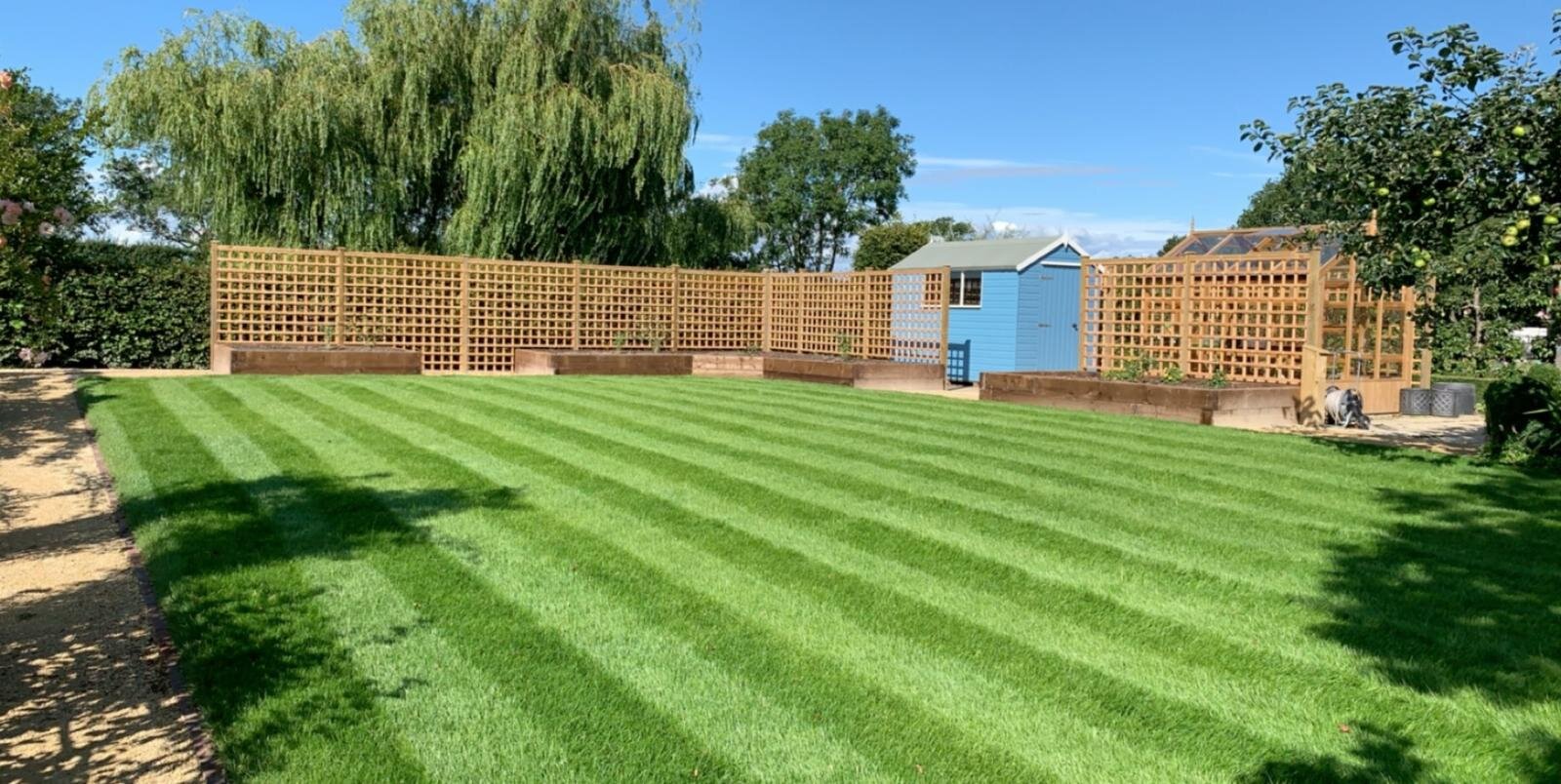

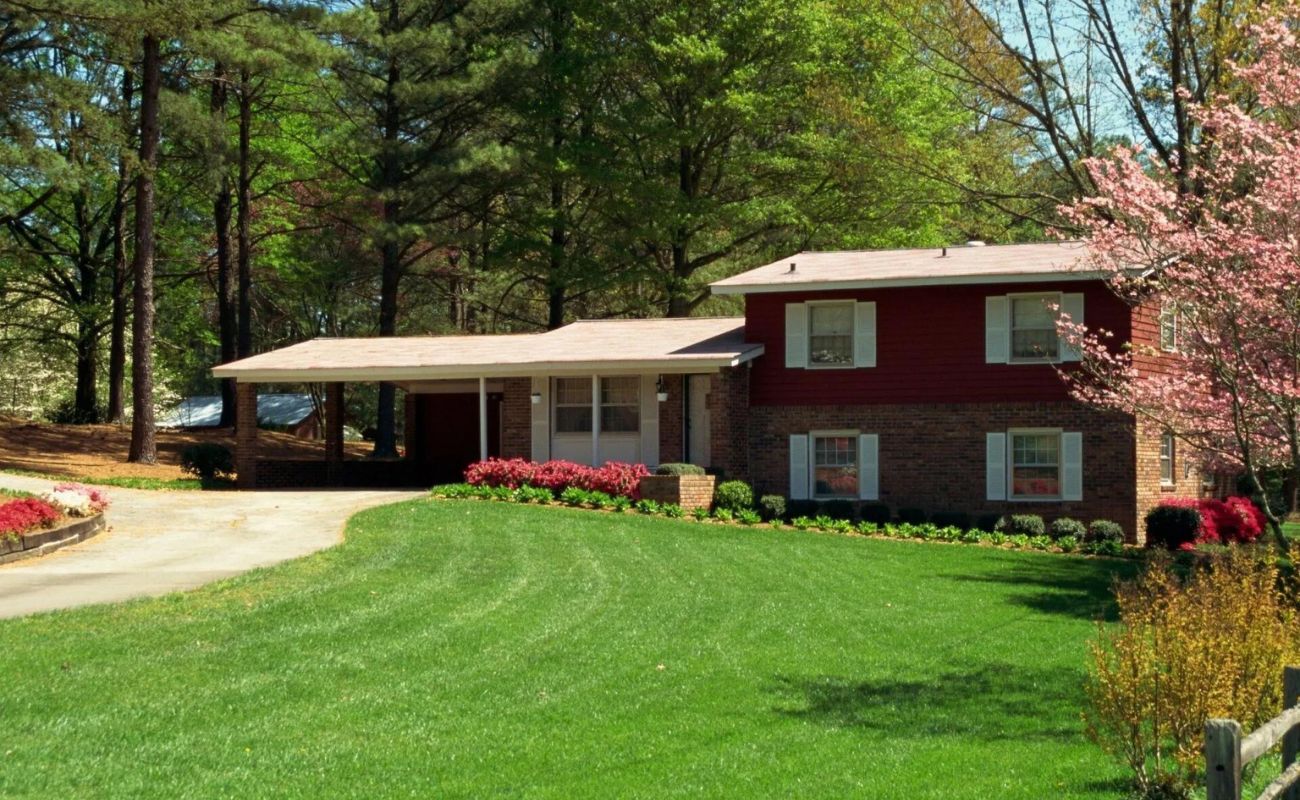
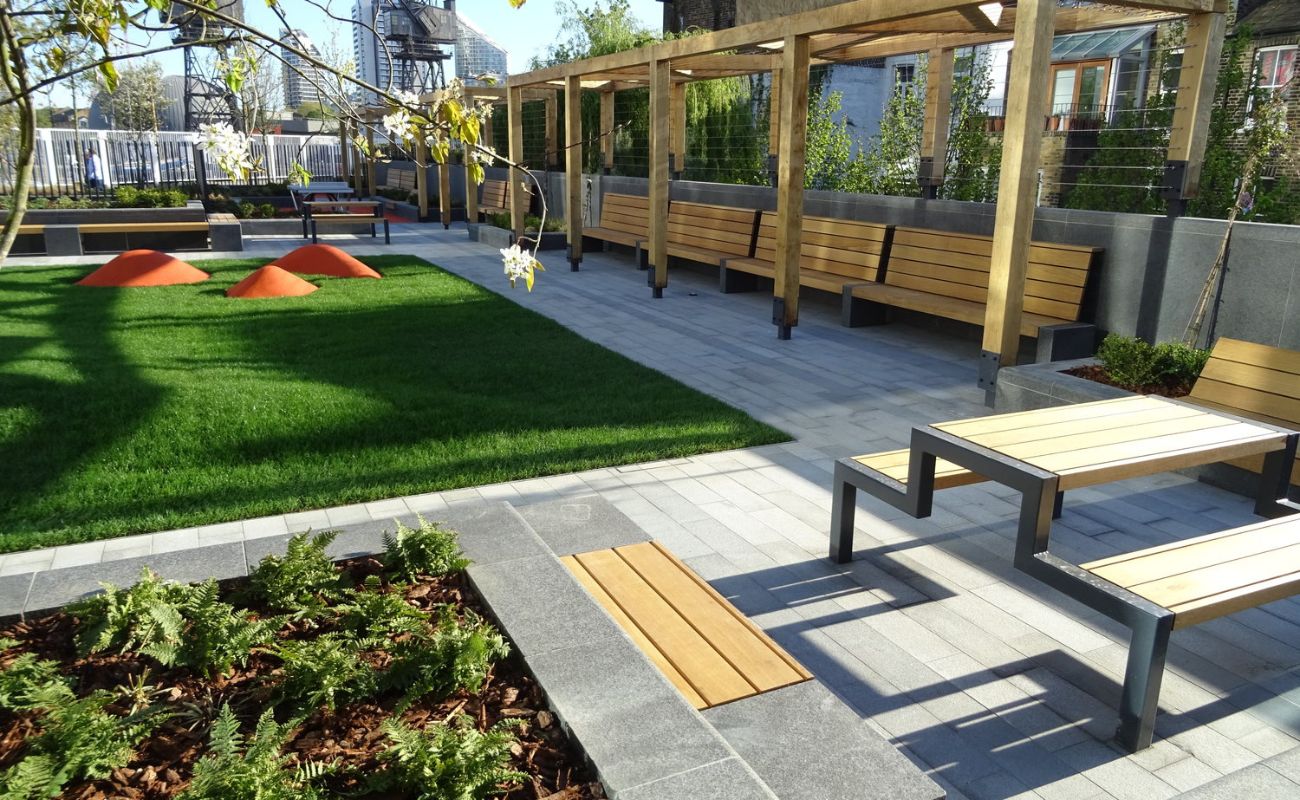
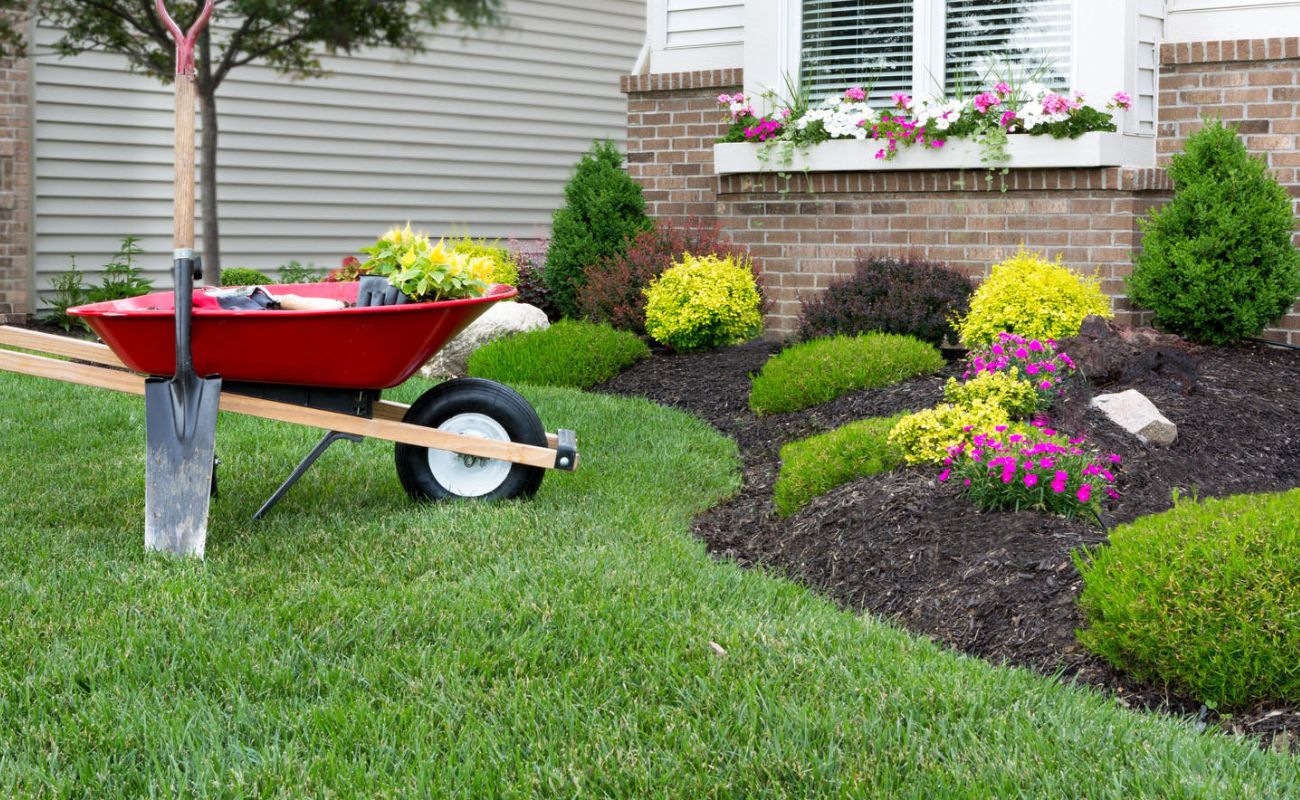
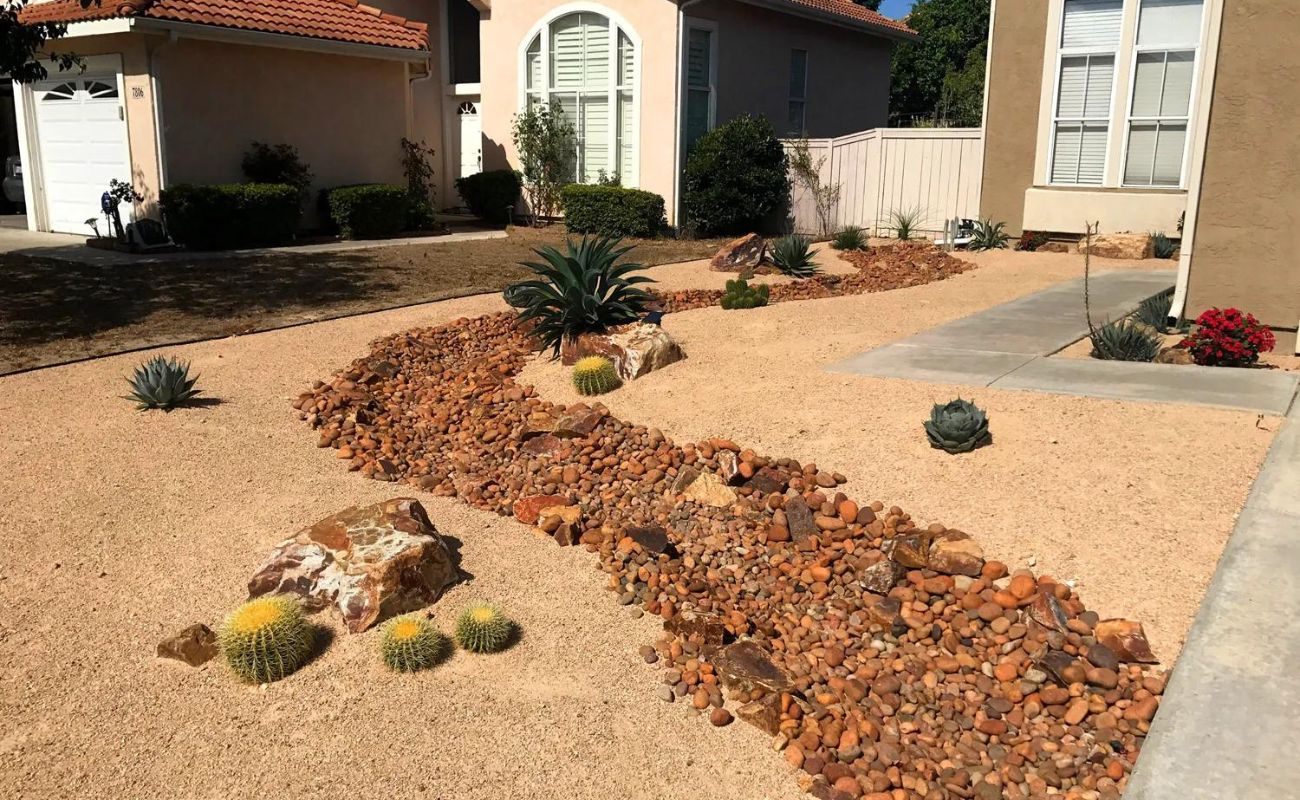




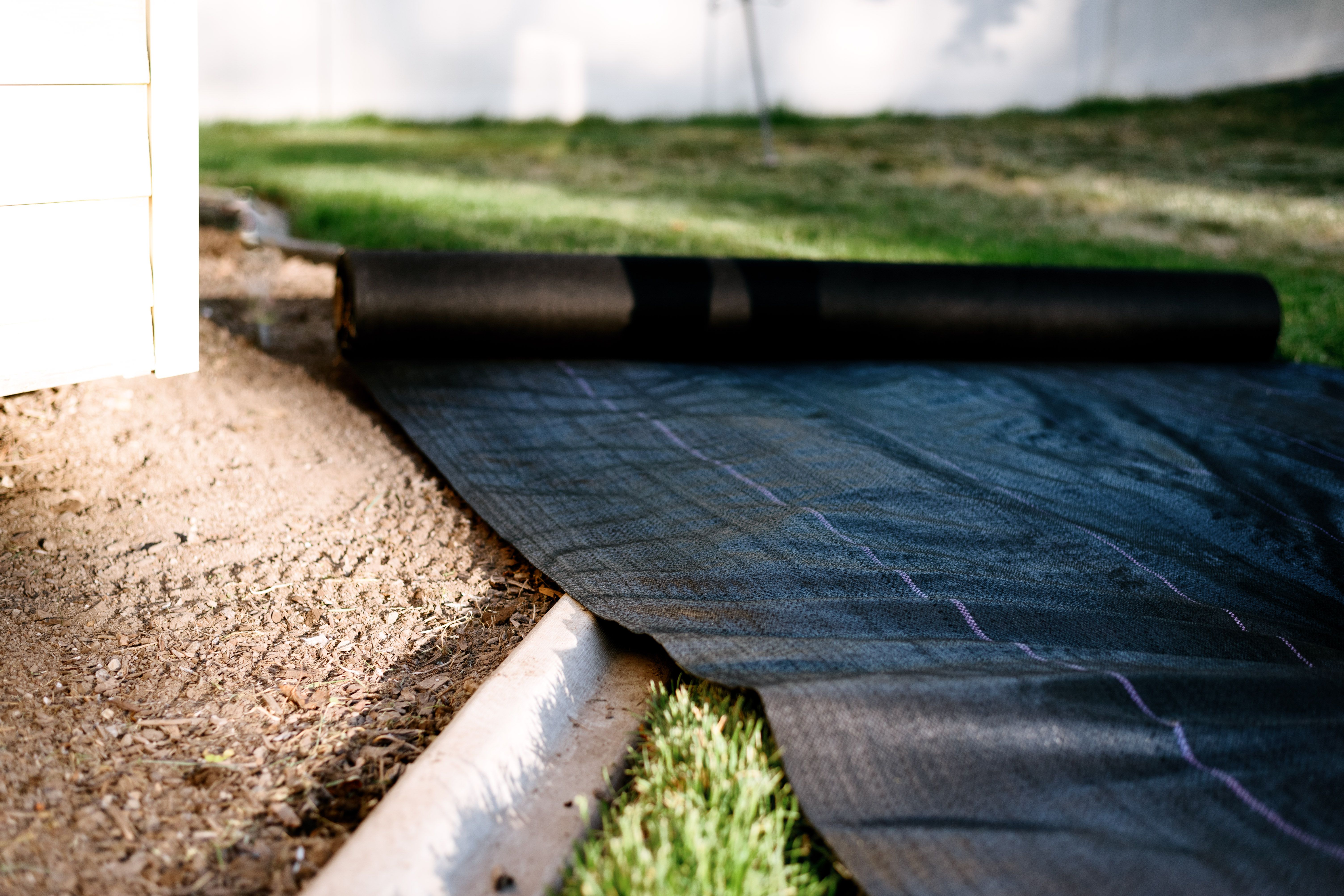

0 thoughts on “What Is Automated Estimating In Landscaping”